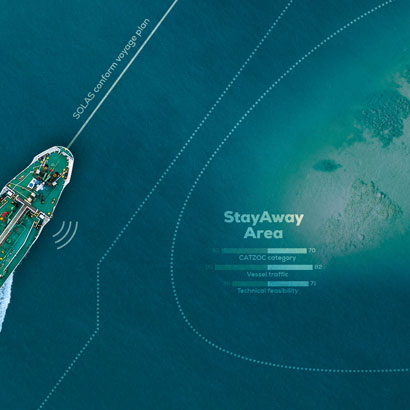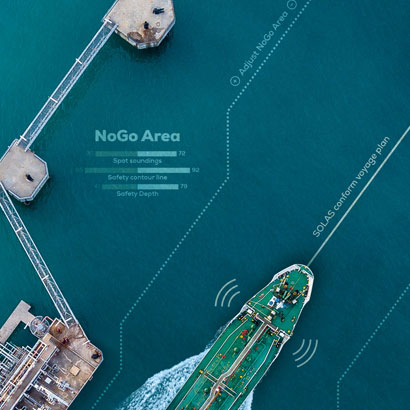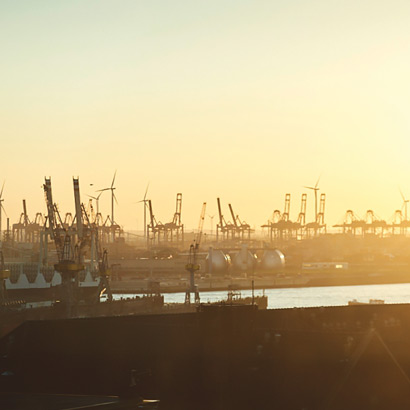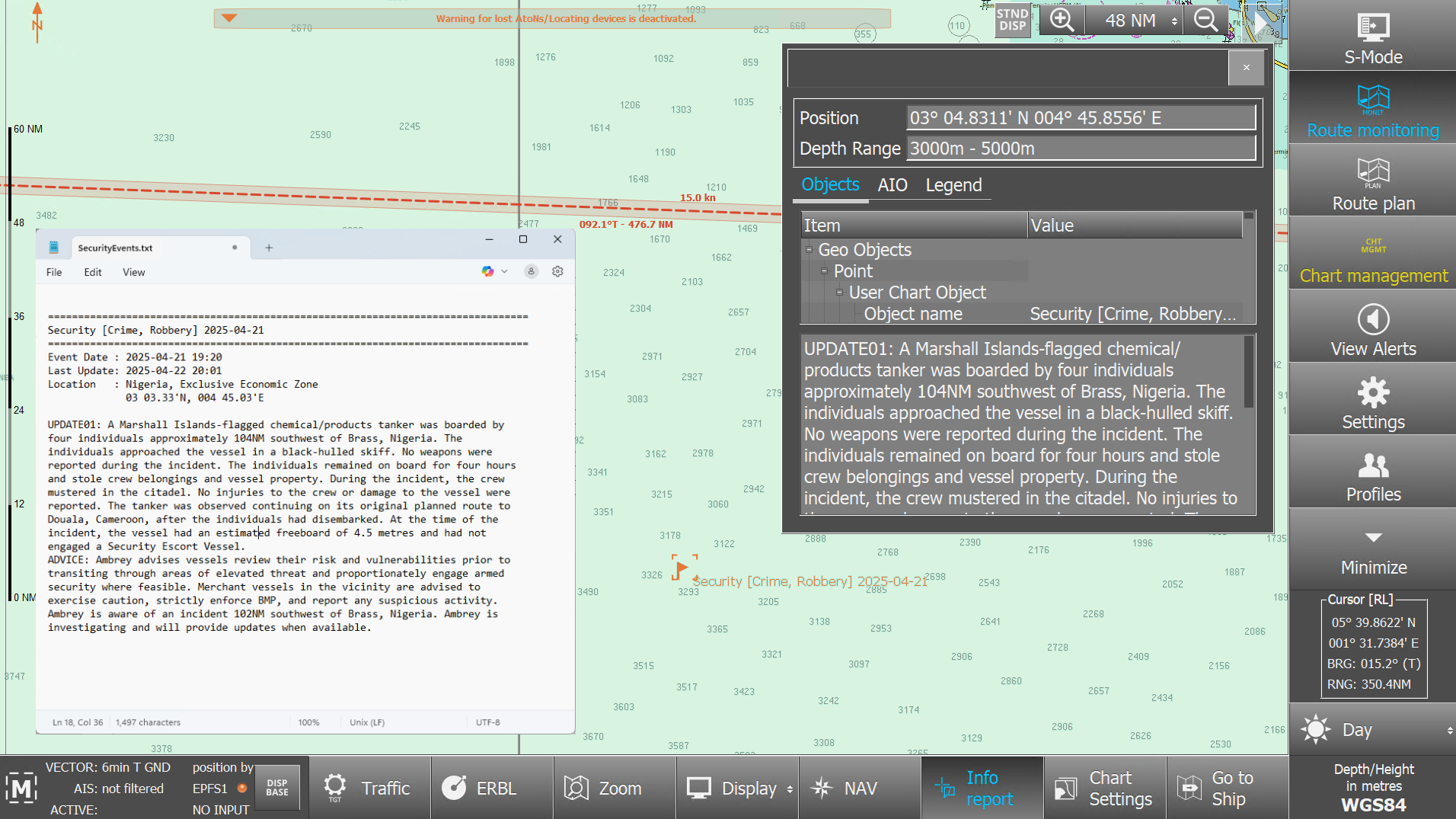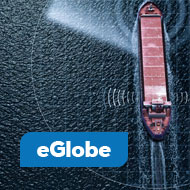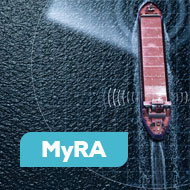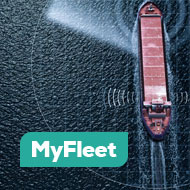Radio ECDIS, Date 2023/7/7
July 6, 2023
00:00
1X




We have compiled all relevant information on our CIO+ Services for you to download. If you need more information or have any questions, please send us an email using the form below.
